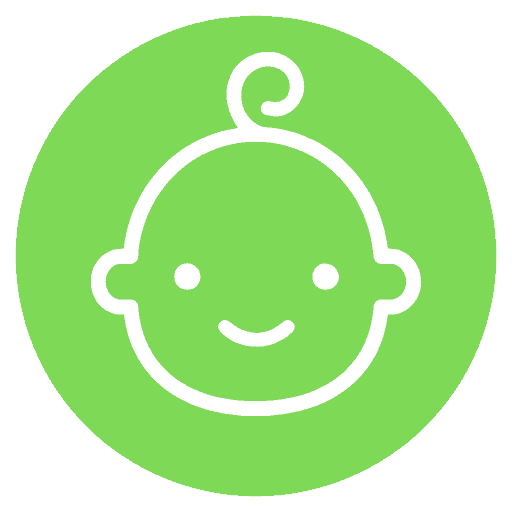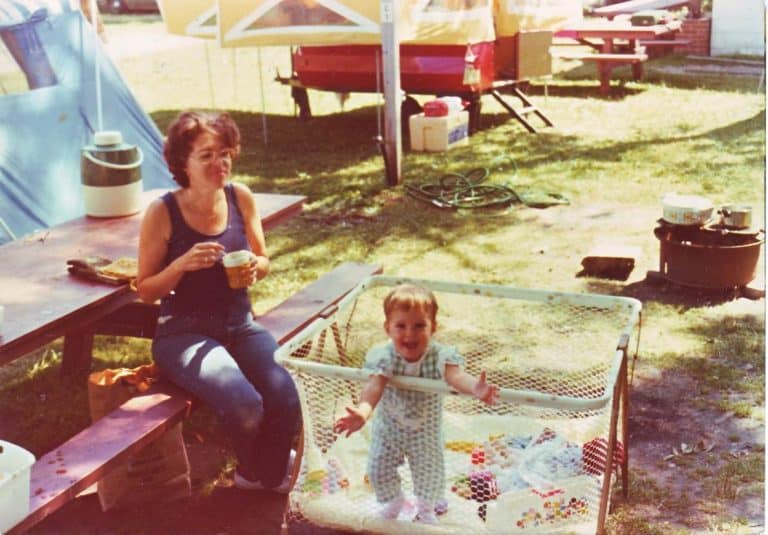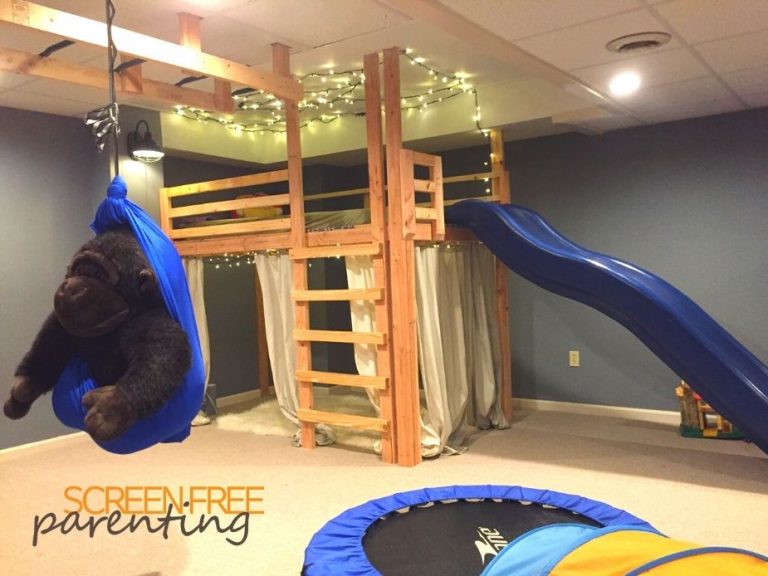Raising a Reader
Did you know that, according to the Educational Testing Service, the more types of reading materials in the house, the greater the reading competence of the students? Little things like keeping books in the house can assist children in learning to read both early on and later in life.
Raising a reader isn’t difficult; in fact, it can be a lot of fun, but it does take time and work. Here are some simple actions parents may take to help their children develop a love of reading.
Reading to babies, toddler, and children is one of the easiest ways to help build them up for the future and turn them into little readers in. Parents should try to find time throughout each day to read to their children.
Why Read Books With Babies & Toddlers?
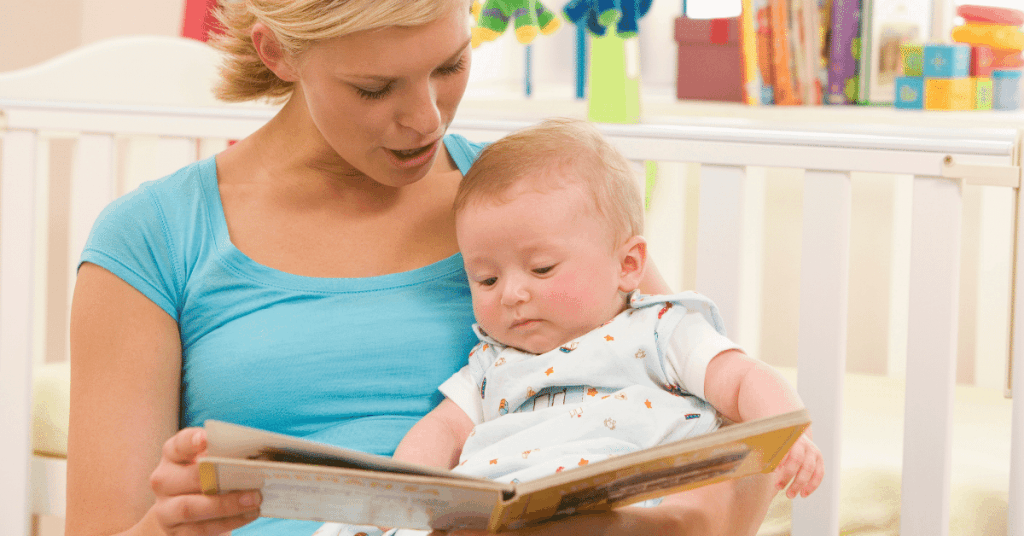
Reading to babies aids in the development of their developing brains and provides a solid foundation for a lifelong love of reading and good literature. Reading to newborns can aid with language development since they are absorbing information and learning about speech patterns.
Furthermore, when you read aloud, synapses form between your infant’s neurons, positively influencing child development in a variety of ways.
Infants are particularly sensitive to the rhythm and cadence of our voices, particularly those of their parents and caregivers.
While the repetitive phrase “Brown bear, brown bear, what do you see?” may seem meaningless at first, your infant is learning language sounds and how they fit together.
When newborns see a picture of a red bird in a book and you identify the bird, they begin to connect what you’re saying to the picture of the red bird. The stronger the bond becomes the more you read that book. The story is enjoyable, engaging, and easy to remember because of the repetetive elements like a catchy song chorus.
Reading to babies provides numerous benefits, including;
- Bonding Time
- Develops Vocabulary
- Prepares them for success with reading etc.
How Can We Help Our Children Become Readers?
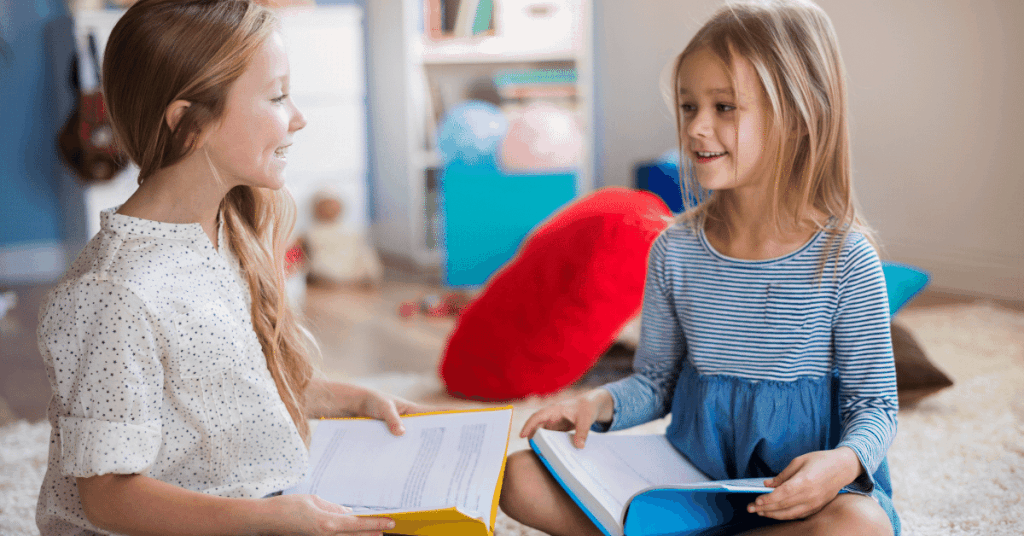
- Have books available– in all rooms in your house, car, purse, high chair, stroller- wherever you are! Switch out books, rotate them and keep new ones coming in as their interests and levels change.
- Face books out on the shelf so they can see the fun covers rather than just the book spines.
- Let them see you reading. It is good for them to see that you do not think you know everything and are happy to look things up in books to learn.
- Involve them in the story. Talk about the pictures, let them turn the page, ask what they think will happen next. This helps them develop listening skills and cause and effect thinking.
- Make reading time special. Have a comfy spot for book reading, use different voices when you read, even try wrapping a book and giving it as a present for excitement.
Stages Of Books To Provide:

- Books they can read/hold– examples: interactive tactile touchy feel book or a board book with tabs.
- Rounded corner books you read to them– examples: Big & Little or a story book.
- Higher level books as their listening ability is more advanced than their reading level.
- Fiction books– examples: fairy tales. Building imagination, thinking outside the box, fun & creative.
- Non-fiction books– example: What’s Happening on the Farm. Giving real information, engages mind as brain cells are forming, helps them ‘see’ the world differently.
- Rhyming books– example: Nursery Rhymes. Builds pre-reading skills makes learning to read easier, involves them (let them say the rhyming word) and memorize some to say while in the car/walking/riding etc.
- Dual Reader books– example: two levels of the same story. The top is a basic sentence with the bottom sentences going deeper into the details of the picture. You can read only the top and as attention span increases you can read the details. Then, your child can start reading the top line and you can read the details etc.
At What Age Can You Start Teaching a Child To Read?
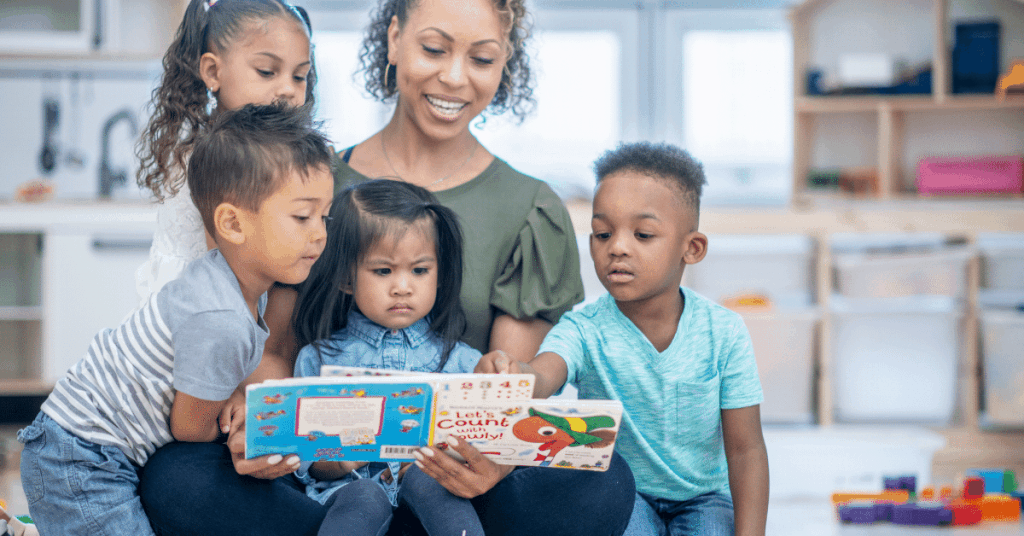
If you delay your child’s reading skill development until he or she enters school, you are putting your child at risk, did you know that 67% of all Grade 4 students cannot read at a proficient level, and of that 67%, 33% of them are only able to read at a basic level with the remaining 34% unable to read beyond that level.
There is a super simple and extremely effective system that will even teach 2 and 3 year old children to read.
This is a unique reading program developed by a loving parent and English teacher of 14 years, who successfully taught all of her children to read before turning 3 years old. The reading system she developed is so effective that by the time her daughter was just 4 years old, she was already reading at a grade 3 level.
Her reading system is called Reading Head Start, and it is nothing like the infomercials you see on TV, showing babies appearing to read, but who have only learned to memorize a few word shapes.
This is a program that will teach your child to effectively decode and read phonetically. It will allow you to teach your child to read and help your child develop reading skills years ahead of similar aged children. This is not a quick fix solution where you put your child in front of the TV or computer for hours and hope that your child learns to “read”… somehow…
This is a reading program that requires you, the parent, to be involved. But the results are absolutely amazing. Thousands of parents have used Reading Head Start to successfully teach their children to read.
All it takes is 10 to 15 minutes a day.
Click here to get started right now

